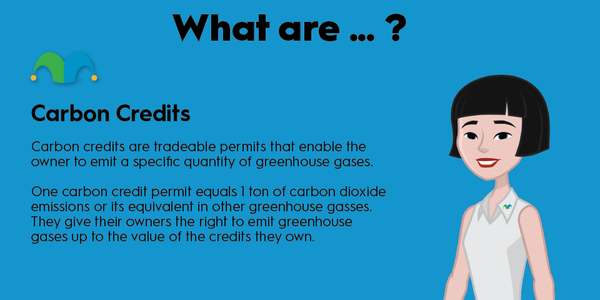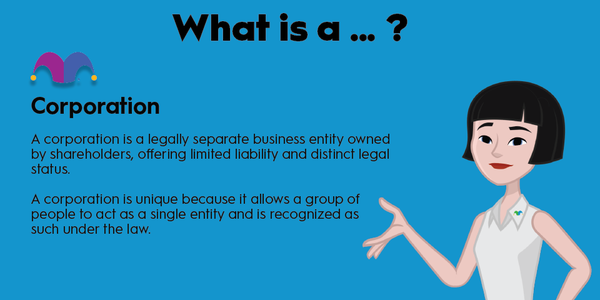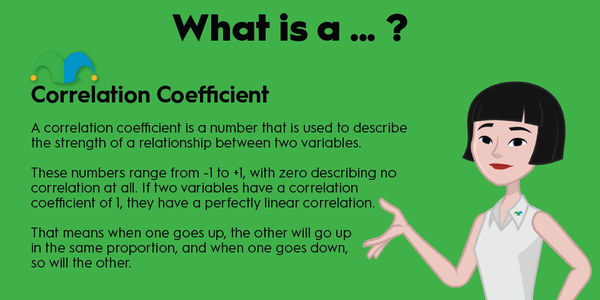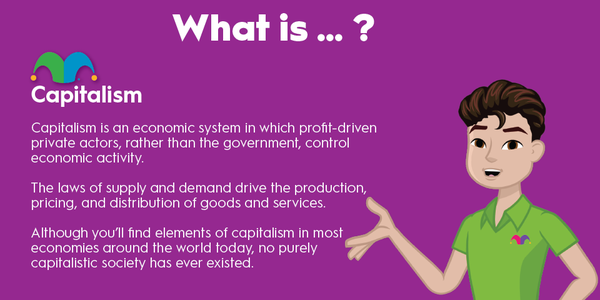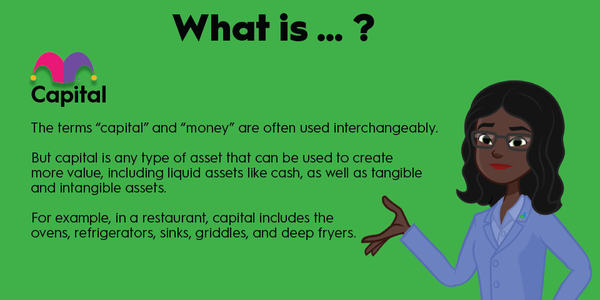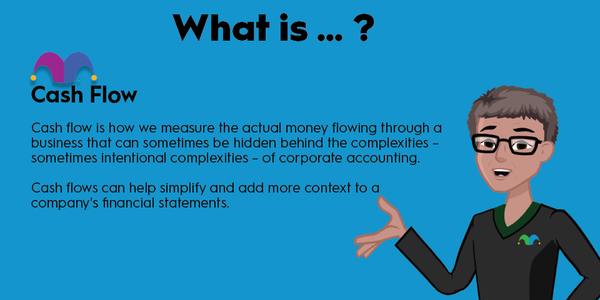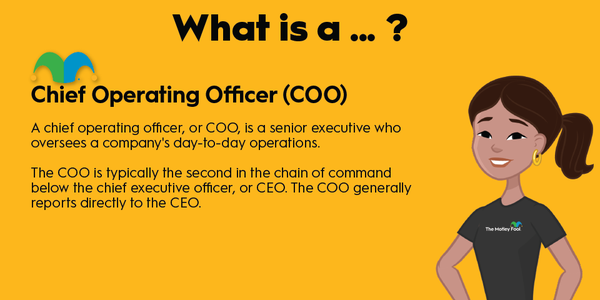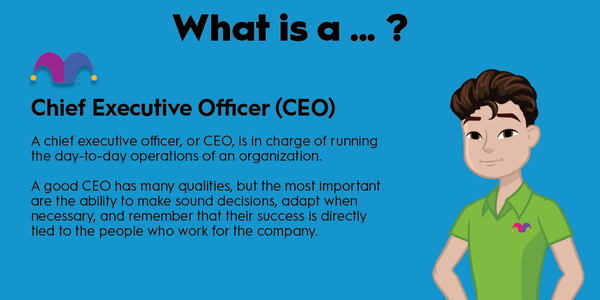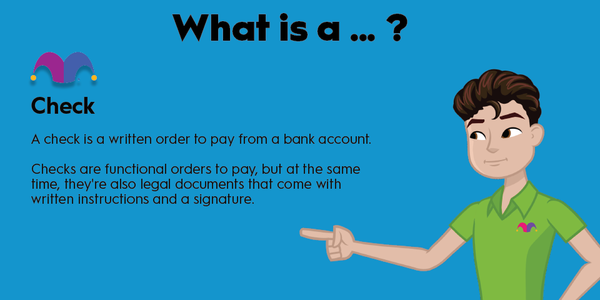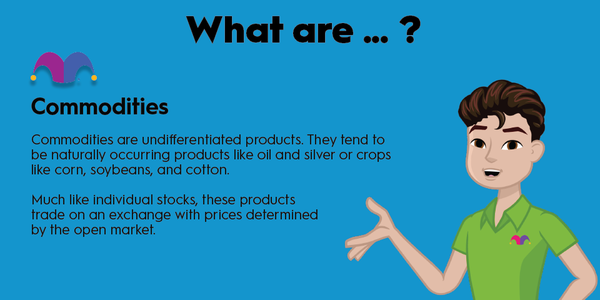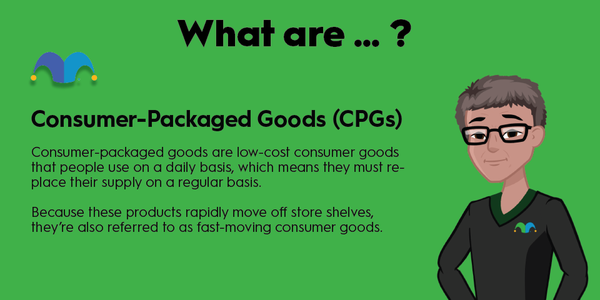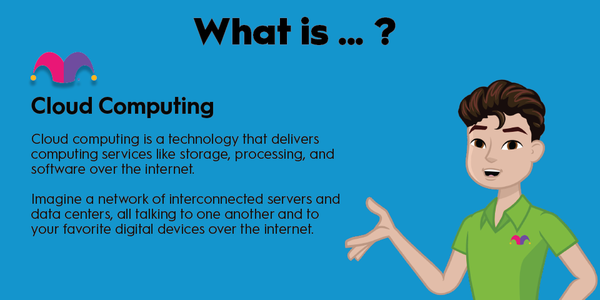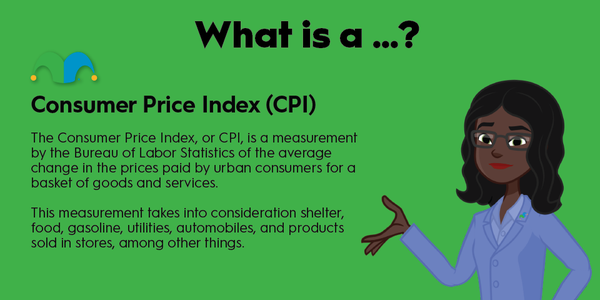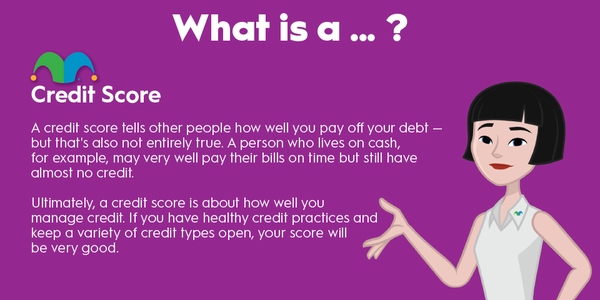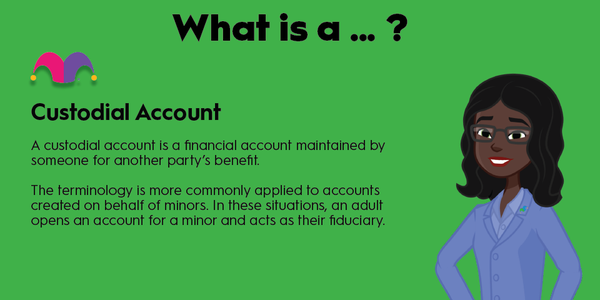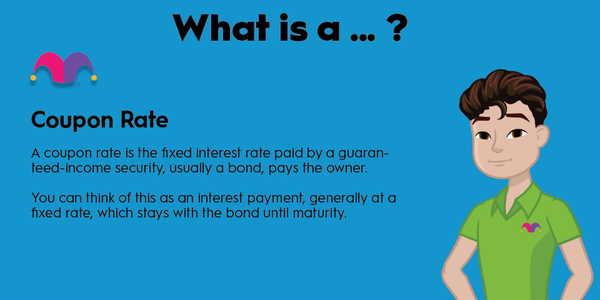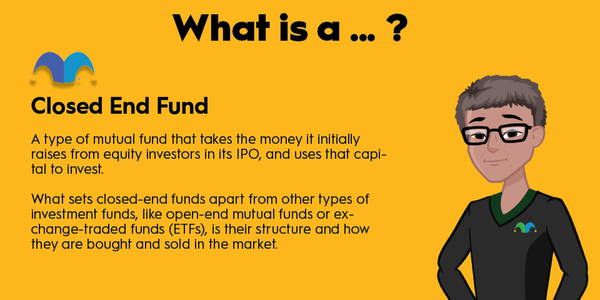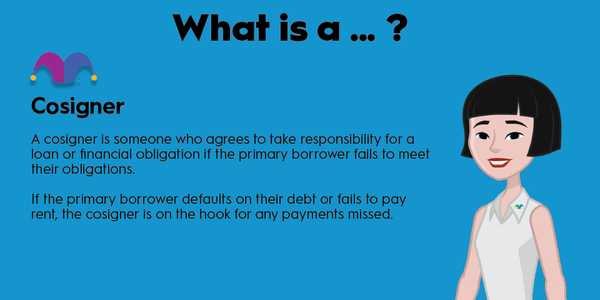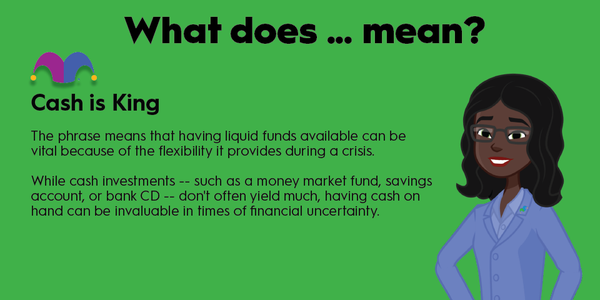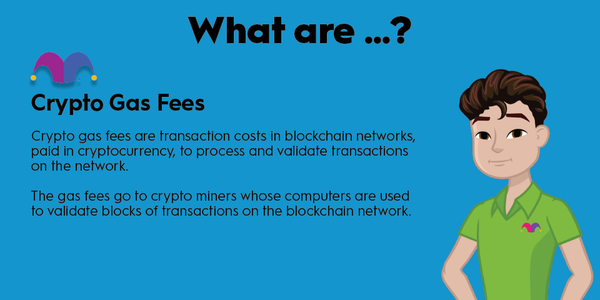Competitive advantage is a term frequently used in business contexts and is typically what drives superior profits, better product sales, and the continuous ability to innovate.

Companies with strong competitive advantages are the best positioned to succeed within their industries and generally are able to fend off rivals more easily than others. Some of the most common factors influencing competitive advantage include cost control, product differentiation, and customer service.
What is competitive advantage?
What is competitive advantage?
Competitive advantage refers to a company's ability to produce goods and/or services more cheaply or at a higher quality than its rivals. A business may have superior customer service or may be able to produce goods at lower cost through economies of scale (a business concept that denotes the correlation between the quantity of a product a company makes and the price the company can profitably charge). A company with one or more competitive advantages is well positioned to execute its business strategy and grow sustainably relative to its peers.
Competitive advantage is synonymous with a company's "unique selling proposition," or the distinctive reason customers are repeatedly drawn to buying a company's products or services. Perhaps you appreciate a product's low price. Maybe you like the product because it's unique in the marketplace and no other company produces anything with the same functionality. Or, perhaps, you simply value the customer service.
The unique selling proposition can take the form of a cost advantage -- customers in this case make repeat purchases because they are attracted to the low price. Alternately, competitive advantage can be ascertained through product differentiation. In this instance, a product's differentiated qualities entirely distinguish it from products by competitors, creating a loyal customer base.
Competitive advantages are important because they enable companies to consistently outperform their rivals. Companies deploy their competitive advantages to attract as many new customers as possible and increase their profit margins. By purchasing one product over another, you are implicitly affirming the seller's competitive advantage.
Competitive advantage vs. comparative advantage
Competitive advantage vs. comparative advantage
Competitive advantage is frequently confused with "comparative advantage," which is actually just one type of competitive advantage. A company with a comparative advantage produces goods or services more efficiently than its peers. If a company requires a lower quantity of an input (for example, fuel) to produce the same output as another company, then the first company has a comparative advantage. Similarly, a comparative advantage exists if one company can transform the same quantity of inputs into a higher number of outputs than its competitors.
Put another way, comparative advantage is a measure of relative opportunity cost, which is the value of the inputs expended, relative to a competitor, to produce a certain set of outputs. Companies with comparative advantages have opportunity costs that are lower than those of their competitors.
Examples of competitive advantage
Examples of competitive advantage
As a simple example, it's easy to see how Apple (AAPL -2.19%) enjoys several competitive advantages over other companies in the tech industry. First, Apple produces visually appealing, minimalist-inspired products that perform on a superior level relative to competitors' products. Many of the bugs commonly associated with Windows computers rarely afflict Mac devices. From this standpoint, one of Apple's most significant competitive advantages is its product quality. The company further establishes a competitive advantage by making it easy for customers to integrate Apple devices across the company's various product lines.
The Apple customer experience is also meant to create competitive advantage. Certainly, the way in which Apple sells its products, both online and in stores, is favorable for both buyers and seller. Purchases are completed seamlessly through computers, smartphones, and watches, and most of the in-store paperwork, if you do visit a store, is completed via tablet. Apple makes it extremely easy to be a customer, which creates significant brand loyalty. This devotion to Apple explains how the company is able to make the same phone repeatedly and still grow its revenues!
Another example is Slack (NYSE:WORK), one of the tech sector's newest darlings, which allows its users to replace email with real-time communication and file sharing. The application is also enjoyable to use -- the exact opposite of email -- and excels as a central hub for companies' employees and contractors. Slack's competitive advantages are both the uniqueness of its product and the growing power of its brand. For this example, it's how fundamentally different Slack is that garners the company a competitive advantage.
Types of competitive advantages and strategies
Types of competitive advantages and strategies
Companies strive to create competitive advantages to differentiate themselves from rivals. A company may choose to hire only those with a very specific skillset to make the company's most important decisions. Harnessing this specialized knowledge and skill base can by itself create a competitive advantage and also shrinks the talent pool available to competitors. People with superior skills can be deployed to create superior products, which, in turn, can attract more customers. Companies must continuously seek new ways to develop competitive advantages in order to find new buyers and increase customer retention.
As mentioned above, competitive advantages can be established based on product differentiation, product quality, or product cost. Competitive advantage can also be achieved by offering outstanding customer experiences. Strong marketing and branding, in addition, can increase competitive advantage by establishing and reinforcing customer loyalty.
A differential competitive advantage is considered the holy grail of competitive advantages. A company with differential competitive advantage offers products that are both unique and superior in quality. A company with a differential competitive advantage holds a strong competitive position via multiple elements of its business, thus creating a wide gap between the company and its industry peers.
Businesses that seek to maintain a sustainable competitive advantage are aiming to become entrenched atop their respective industries for years or decades; they are not trying to simply achieve the best results for a single quarter. Sustainable competitive advantage requires continuous improvement throughout the organization, ongoing product improvement, and new concept ideation. Companies with phenomenal product quality wishing to achieve a sustainable competitive advantage don't just create one winning product; they continue to iterate and expand their offerings to increasingly capture market share over time.
Related investing topics
Applying competitive advantage to investing
Applying competitive advantage to investing
At least a basic understanding of competitive advantage is necessary for any industry analysis investors conduct to determine what a company is worth. Searching for companies with clear competitive advantages within their respective industries can help you to decide how to invest, particularly when creating a portfolio of long-term stock holdings.
It's also important to be able to recognize competitive advantage when you see it. A company's competitive advantage is the reason you buy from certain businesses and why you are likely to continue doing so in the future. As time passes and business landscapes continually evolve, new sources of competitive advantage will continue to emerge in all sectors of the economy.

